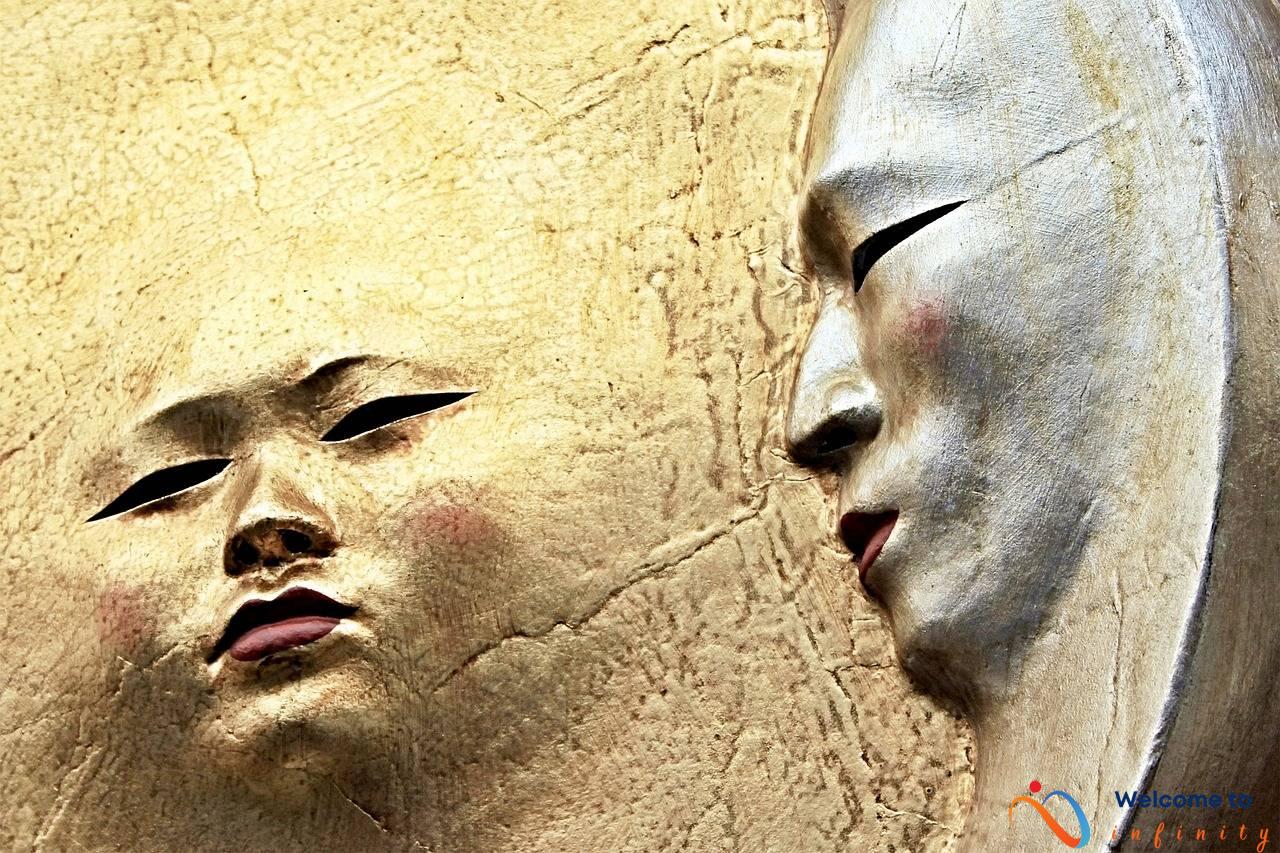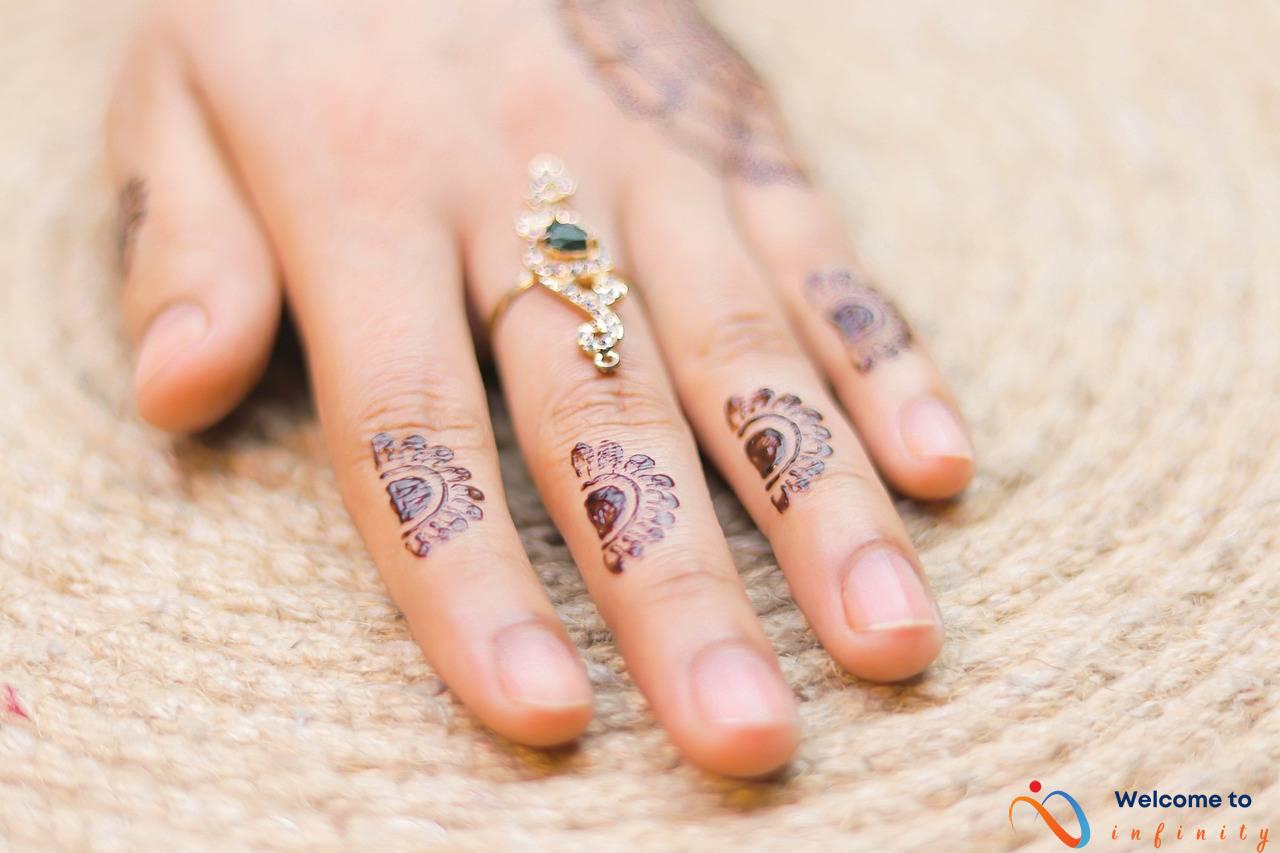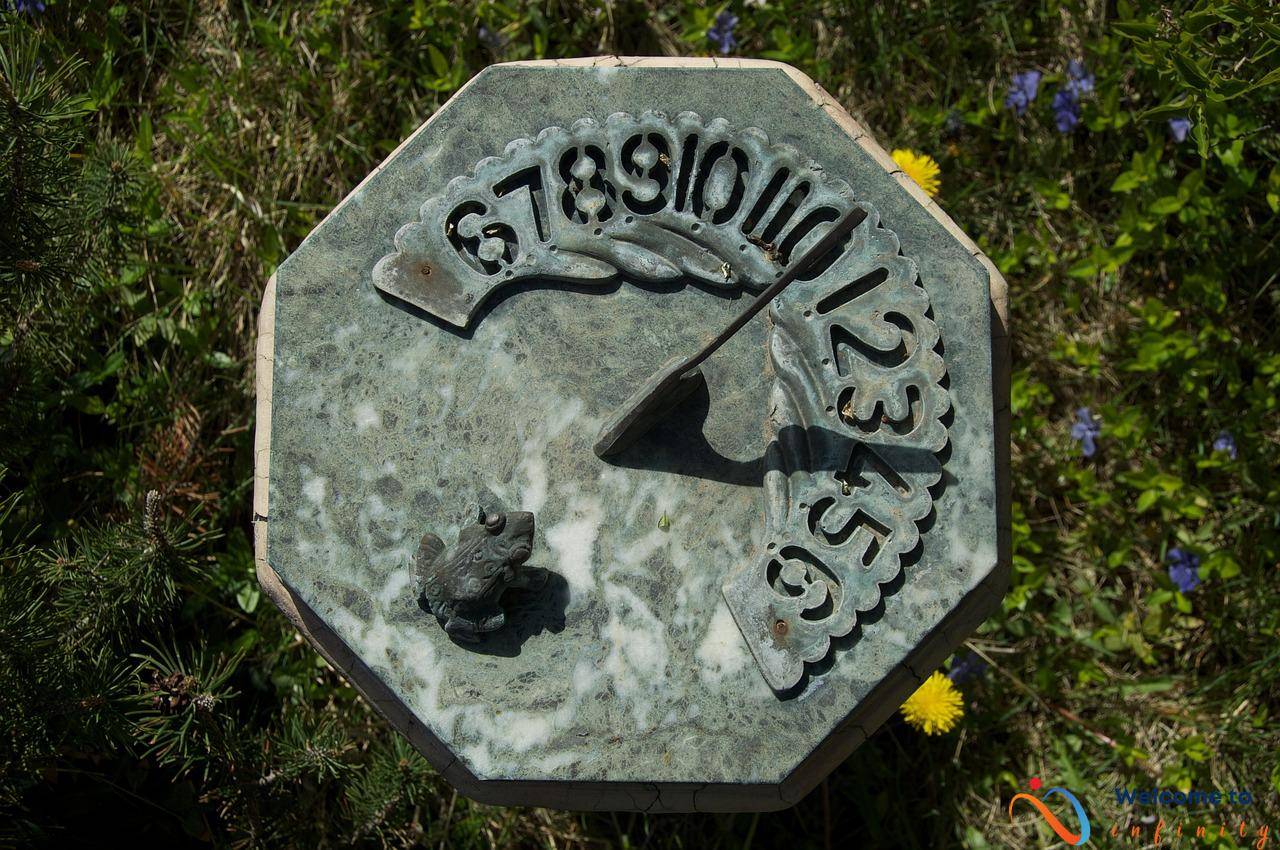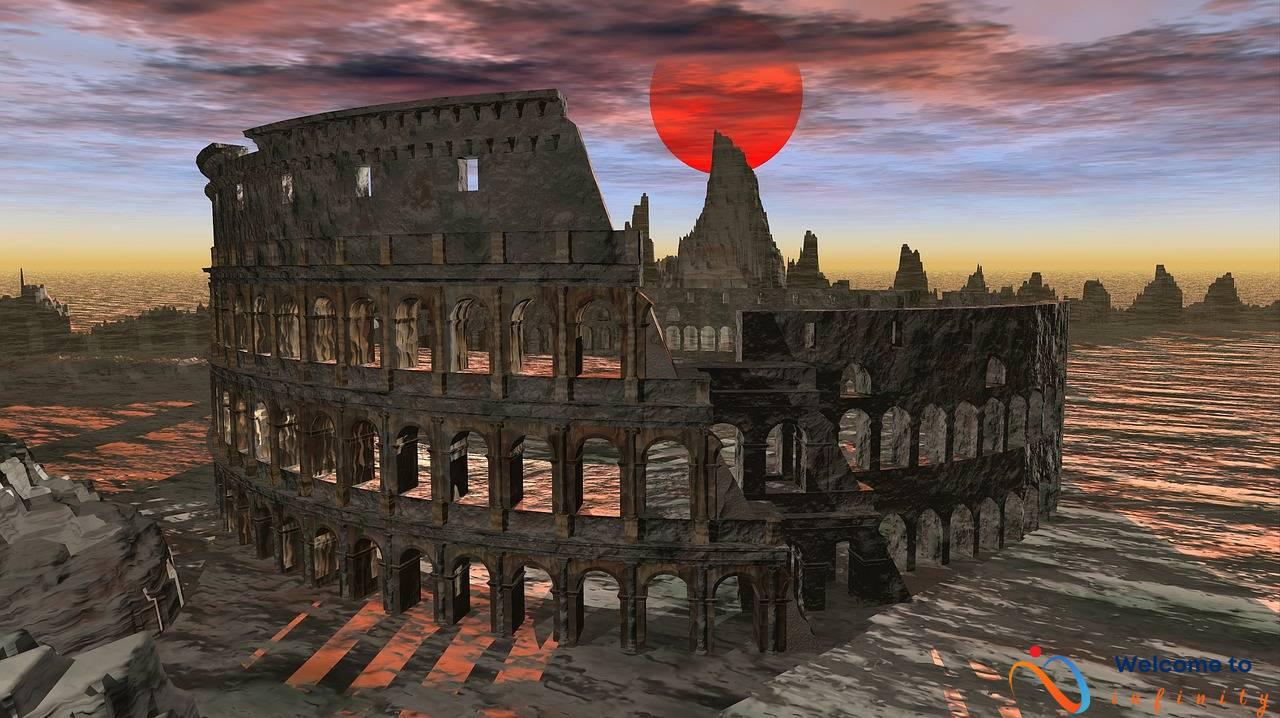Cultural museums are places where visitors can experience and learn about the rich and varied history and traditions of different cultures. These institutions present a snapshot of human life across countless societies, capturing pieces of history that might otherwise have been lost forever. The objects, artifacts, and specimens that these museums display are carefully curated to showcase the diversity of human culture and tell stories of the past.
Exhibits are the heart and soul of cultural museums. They are meticulously designed to provide visitors with an immersive experience that takes them on a journey through the history and traditions of different societies. From ancient artifacts and historical texts to contemporary art and cultural expressions, exhibits encompass a wide range of subjects. Displays also take into account the diverse ways in which people learn by incorporating interactive elements like videos, audio guides, and virtual reality.
But cultural museums are not just about showcasing artifacts. They are educational institutions that offer visitors a range of programs and events that seek to promote cross-cultural understanding. Whether it is lectures by scholars, art classes, or cultural festivals, museums offer countless opportunities for visitors to explore and learn about different cultures beyond what they see in the exhibits. These events also help to build a sense of community, making museums accessible and inviting places that cater to visitors of all ages and backgrounds.
The Significance of Cultural Museums
Cultural museums are important institutions that play a vital role in preserving the heritage of various cultures and promoting cross-cultural understanding. These museums offer visitors a unique opportunity to learn about different cultures, traditions, and histories beyond the limitations of a classroom or textbook. With their displays of art, objects, and specimens related to specific cultures or regions, cultural museums create an immersive experience that provides visitors with a deeper understanding of cultural practices, beliefs, and values.
Moreover, cultural museums provide a platform for discussions on the similarities and differences between different cultures, promoting cross-cultural dialogue and understanding. Through educational programs like lectures, workshops, and activities, museums connect with audiences and promote mutual respect between different cultural groups. These interactions help to break down stereotypes, build trust, and foster cooperation between different cultural groups.
Ultimately, cultural museums serve to bring people together and promote diversity and unity. They help us to appreciate the richness and diversity of human culture and teach us to value and respect each other's differences. By preserving and showcasing the unique aspects of different cultures, cultural museums help to ensure that our collective heritage is passed down to future generations.
- Cultural museums promote cross-cultural understanding
- They offer a unique opportunity to learn about different cultures
- By preserving and showcasing cultural artifacts, museums promote diversity and unity
- Cultural museums provide a platform for discussions on cultural similarities and differences
- Through educational programs, cultural museums promote mutual respect between different cultural groups
Collections and Exhibitions
Cultural museums serve as a window into the rich diversity of human cultures across the globe. These institutions curate collections of art, objects, and specimens related to specific cultures or regions to offer visitors an immersive experience. Visitors can view exhibits that showcase a range of cultural practices, beliefs, and values. These exhibits are carefully created to provide a deeper understanding of the featured cultures and their unique characteristics.
Cultural museums often have a vast collection of artifacts, including textiles, pottery, sculptures, paintings, and coins. These objects tell the story of various eras and peoples across different regions of the world. Museums carefully select pieces that have historical or cultural significance, which become the exhibition's focal point. Visitors are encouraged to learn about the history and significance of each artifact, and exhibitions are often organized thematically to offer a holistic view of the featured cultures.
The museums' exhibits also highlight cultural diversity and showcase the differences and similarities between various cultures alongside their traditions and fashion. Museums also provide fascinating information on the everyday life of people in ancient times. Interactive exhibits, virtual reality tours, audio-guided tours, and workshops are often available, providing further insight into the featured cultures and their practices. Thus, cultural museums provide an excellent opportunity for visitors not only to learn about different cultures, but also to expand their knowledge and appreciation for them.
Virtual Exhibitions
With the COVID-19 pandemic hitting the world, cultural museums had to close their physical exhibitions to comply with social distancing guidelines. However, they have found a new way to connect with their audience by launching virtual exhibitions. These online exhibitions allow visitors to experience the museum from anywhere in the world without having to leave their homes.
The virtual exhibitions use the latest technology, including 3D modeling and high-resolution images, to create an immersive and interactive experience for the viewers. Visitors can explore the exhibits at their own pace and learn about the various cultures and traditions represented in the collections.
Another advantage of virtual exhibitions is that they can reach a wider and diverse audience globally. People who may not have had the opportunity to visit the physical museum in person can now access the exhibitions from their computers or smartphones, without any geographical or time-related limitations.
Virtual exhibitions also present a unique opportunity for engaging younger audiences. The interactive nature of the exhibitions and the use of digital platforms can make the learning experience more exciting and enjoyable for children and teenagers. In addition, virtual exhibitions can be customized to cater to specific age groups, making them an excellent tool for educational purposes.
In conclusion, virtual exhibitions have transformed the way cultural museums present their collections to the public. They offer a unique opportunity for visitors to explore and learn about different cultures without leaving their homes. With the benefits of flexibility, accessibility, and interactivity, virtual exhibitions have become an integral part of museum experiences, and this trend is bound to continue in the future.
Education and Programs
Cultural museums offer a diverse range of educational programs that cater to people of all ages, interests, and backgrounds. These programs include:
- Lectures: Curators and experts give lectures on various cultural themes and practices. Visitors can learn about the history, traditions, and beliefs of different cultures through these informative talks.
- Workshops: Workshops are hands-on learning experiences that allow visitors to engage with different cultural practices. These workshops vary in length and focus, and they can be tailored to suit different age groups and interests.
- Activities: Cultural museums also offer a variety of activities that are designed to engage visitors with different cultural traditions and practices. These include music and dance performances, storytelling sessions, and interactive exhibits.
These programs help connect museums with their audiences and promote cross-cultural dialogue. They provide visitors with an opportunity to learn about different cultures, to gain a deeper understanding of diverse perspectives, and to develop a sense of empathy and respect for cultural differences. In addition, educational programs can also help museums foster relationships with community organizations, schools, and universities, and contribute to the development of cultural tourism.
Cultural museums recognize the importance of educating visitors about cultural diversity and promoting cross-cultural understanding. Through their educational programs, they are able to engage with audiences in meaningful ways that help bridge cultural divides and promote inclusivity.
Criticism and Challenges
Cultural museums are not without criticism and challenges. Critics argue that museums can perpetuate stereotypes and inequalities if not curated thoughtfully. For example, some exhibits may focus on a single narrative or viewpoint, leaving out important perspectives. This can lead to a narrow understanding of cultures and reinforce stereotypes.
Another challenge is related to funding. Cultural museums often rely on government support and private donations to maintain their collections and operations. However, funding cuts can make it difficult to preserve and showcase artifacts and provide educational programs. This can result in reduced access to cultural exhibitions and opportunities for learning.
Repatriation of objects is also a controversial issue faced by cultural museums. The ownership and display of artifacts from other cultures and countries can raise questions about their rightful owners. There have been calls for the return of objects that were acquired through colonialism or illegal means, which can be a complex process.
Diversity in museum staff and leadership is another challenge. Ensuring that museums reflect the communities they serve requires diverse perspectives and experiences. However, this can be difficult to achieve when the majority of museum staff and leadership positions are held by individuals from privileged backgrounds. Efforts are being made to address this issue, such as the implementation of diversity and inclusion initiatives.
Despite these challenges and criticisms, cultural museums are essential in promoting understanding and appreciation of human culture. By acknowledging and addressing these issues, museums can continue to play a vital role in preserving and presenting the diversity of human history and experiences.
Solutions and Progress
Solutions and Progress
Cultural museums are continuously facing challenges regarding representation, curation, and ethical practices. However, efforts are being made to amend these issues. Museums are now prioritizing the repatriation of stolen artifacts, which enables the return of items that were acquired without consent or through abuse of power and colonization. Such efforts signify the shift towards cultural sensitivity and respect for other cultures.
In addition to this, cultural museums are also hiring a diverse staff team that includes members from different communities and backgrounds. This is a significant change as it allows for better representation and inclusivity, making museums more accessible to people from all walks of life. Cooperation with community members and indigenous groups has also become more frequent to ensure that representation is ethical and curation is respectful.
Furthermore, to increase inclusivity and accessibility, many museums are also offering different language options and incorporating audio and visual aids for visitors with disabilities. This step adds a new dimension to the museum experience and broadens its reach to people who may have previously found it difficult to access such institutions.
Overall, the progress made by cultural museums towards addressing the challenges they face is commendable. These efforts have resulted in the creation of an environment that recognizes and celebrates cultural differences, promotes learning, and facilitates cross-cultural exchange.











